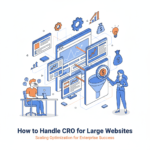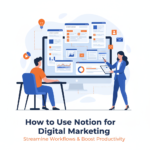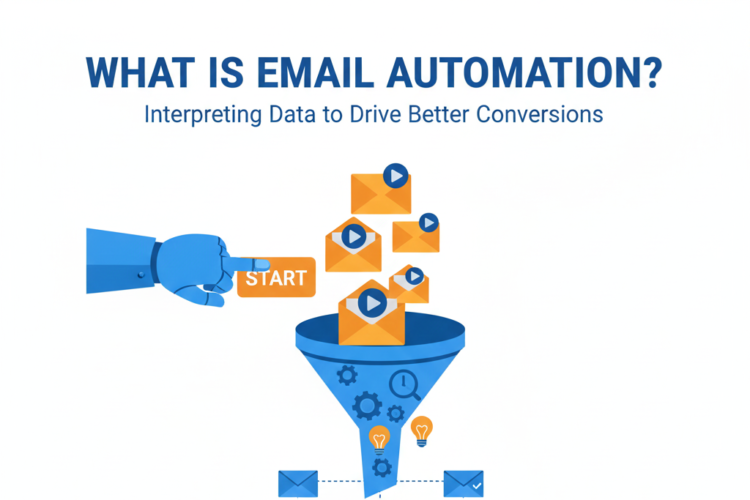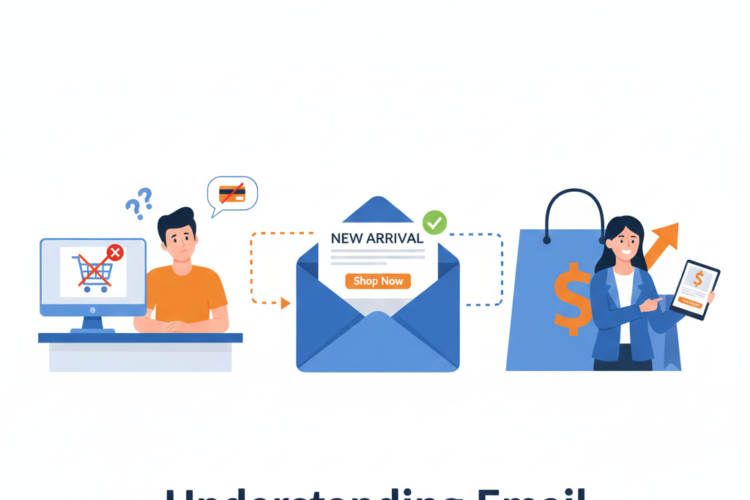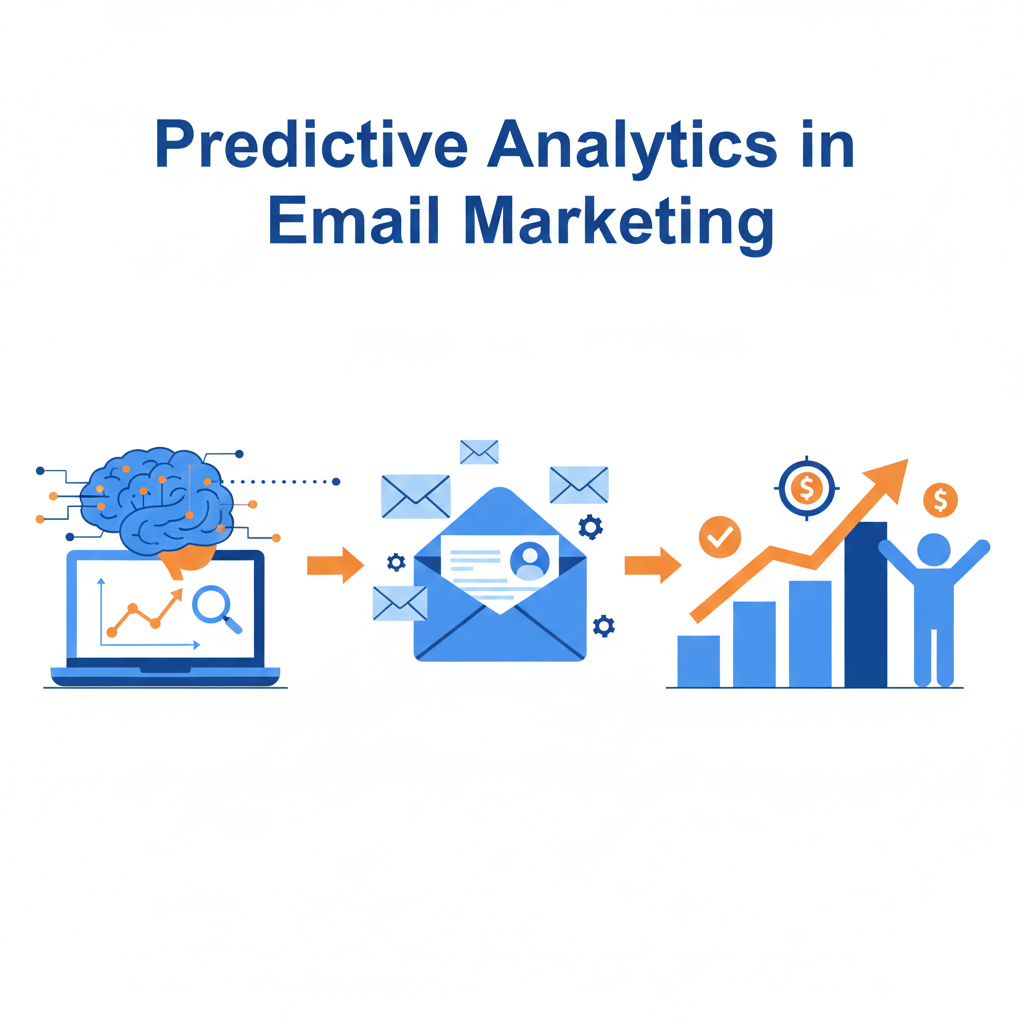
Predictive Analytics in Email Marketing: The Future of Intelligent Campaigns
In the era of data-driven marketing, predictive analytics has emerged as a game-changer for email marketing professionals. Gone are the days of batch-and-blast emails. Today, the most effective campaigns are driven by behavioral patterns, historical data, and AI-powered forecasts—all enabled through predictive analytics.
This detailed guide explores how predictive analytics transforms email marketing, from understanding user intent to automating hyper-personalized campaigns, and how you can implement it effectively in 2025 and beyond.
📌 What is Predictive Analytics in Email Marketing?
Predictive analytics is the use of machine learning, statistics, and data modeling to forecast future actions and behaviors based on historical data.
In email marketing, it’s used to:
-
Predict which users are likely to open an email
-
Forecast when they will convert
-
Determine optimal send times
-
Segment customers by purchase intent
-
Recommend products or content likely to engage the recipient
In essence: Predictive analytics shifts email marketing from reactive to proactive.
🎯 Why Predictive Analytics is Critical for Email Marketing in 2025
With inboxes more crowded than ever, marketers face steep challenges:
-
Decreasing open rates
-
Increased user privacy (GDPR, Apple Mail Privacy Protection)
-
Higher customer expectations for personalization
Predictive analytics helps solve these by:
✅ Reducing send fatigue through intelligent frequency control
✅ Delivering relevant messages at the right moment
✅ Improving engagement, conversion, and lifetime value
✅ Automating personalization at scale
In 2025, successful email campaigns will be built on predictive intelligence, not just list segmentation.
🔍 Core Predictive Models Used in Email Marketing
| Model | Purpose |
|---|---|
| Propensity Modeling | Predicts likelihood of conversion, churn, or engagement |
| RFM (Recency, Frequency, Monetary) Modeling | Segments users based on past behavior |
| Next-Best Action Modeling | Suggests the next message or offer for each user |
| Predictive Lifetime Value (pLTV) | Forecasts how much revenue a user will generate |
| Product Affinity Modeling | Recommends products based on user & similar behavior |
| Send Time Optimization (STO) | Predicts the best time to send for max engagement |
| Churn Prediction | Identifies users at risk of unsubscribing or disengaging |
💡 Use Cases of Predictive Analytics in Email Campaigns
1. Send Time Optimization
Automatically schedule emails when each subscriber is most likely to engage.
✅ Example: Marketo, Salesforce Marketing Cloud, Klaviyo’s predictive engines
🔁 Boosts open and click-through rates by 10–20% on average
2. Predictive Segmentation
Instead of traditional segments (age, location), use behavioral data:
-
“Likely to purchase in 7 days”
-
“High churn risk”
-
“First-time buyer, high LTV potential”
🎯 Focus campaigns only on users likely to take action.
3. Dynamic Content Personalization
Use predictive scores to show different offers, banners, and CTAs.
✅ Example:
-
Shopper A gets “20% off on headphones”
-
Shopper B sees “Buy 1 Get 1 on earbuds”
Based on past interest and purchase probability.
4. Re-Engagement Campaigns
Target users before they go cold.
🧠 Predictive signals:
-
Declining open rates
-
No site visits in 30 days
-
Delay in expected purchase cycle
🛠 Trigger “We miss you” offers or loyalty rewards before disengagement happens.
5. Product Recommendations
Use affinity scoring to recommend:
-
“Frequently Bought Together”
-
“People Like You Also Viewed”
-
“Next Logical Purchase” based on lifecycle stage
🔁 Higher relevance = higher conversion and lower unsubscribes.
6. Predictive A/B Testing
Instead of running full-scale A/B tests, use historical data to simulate outcomes and prioritize winning content faster.
🔍 Example: Subject line A is likely to win based on engagement trends from similar users.
📊 Data Sources for Predictive Email Marketing
To build accurate predictions, data must be clean and multi-sourced:
| Data Type | Examples |
|---|---|
| Behavioral | Email opens, clicks, website visits, scroll depth |
| Transactional | Purchase history, order value, cart abandonments |
| Demographic | Age, location, gender, preferences |
| Engagement | Form submissions, social shares, reviews |
| CRM & Loyalty | Subscription tier, support tickets, reward points |
Integrate your CDP (Customer Data Platform) with email platforms like Klaviyo, HubSpot, or Adobe to create unified customer views.
🧠 Tools That Power Predictive Email Marketing
| Tool | Features |
|---|---|
| Klaviyo | Predictive analytics, churn score, LTV forecasting |
| Salesforce Marketing Cloud | Einstein AI for next-best-action, STO |
| ActiveCampaign | Conditional logic, dynamic content blocks |
| Mailchimp (Premium) | Predictive segmentation, lookalike modeling |
| Blueshift | Real-time data triggers, behavior prediction |
| Ortto | Predictive scoring, revenue attribution modeling |
Also integrate with:
-
Google Analytics 4 (GA4)
-
Segment (for event tracking)
-
Shopify / WooCommerce (for transactional data)
🛠 How to Implement Predictive Analytics in Your Email Strategy
Step 1: Define Your Goals
-
Boost CTR by 15%?
-
Reduce churn by 20%?
-
Increase LTV for high-value customers?
🎯 Choose specific metrics.
Step 2: Collect & Clean Data
-
Centralize CRM, email, website, and purchase data
-
Ensure data privacy compliance (GDPR, CCPA, etc.)
-
Use event tagging to track behaviors
Step 3: Choose the Right Model
-
Start with STO or product recommendations
-
Move to LTV and churn models for long-term impact
Step 4: Activate in Your Email Platform
-
Sync predictive segments
-
Enable dynamic content blocks
-
Use conditional workflows (if score > X, then email A)
Step 5: Monitor and Refine
-
Use dashboards to analyze:
-
Engagement by segment
-
Conversion by score
-
Retention improvement
-
🔁 Retrain your models every 30–90 days.
📈 Real-World Examples of Predictive Email Marketing
📦 eCommerce Brand (Fashion)
-
Predicts “next likely purchase” by analyzing browsing and cart behavior
-
Sends personalized product bundles weekly
✅ Result: 22% increase in AOV (Average Order Value)
💪 Health App
-
Tracks user inactivity to trigger motivational emails
-
Uses LTV modeling to offer subscription discounts to high-value users
✅ Result: 18% reduction in churn
🛠 SaaS Company
-
Uses predictive churn scores to send tailored “win-back” sequences
-
Suggests feature tutorials to at-risk users
✅ Result: 30% increase in user retention over 3 months
⚠️ Challenges & Best Practices
Challenges:
-
Data quality & integration issues
-
Over-reliance on AI without human oversight
-
Privacy & compliance limitations
-
Email deliverability concerns due to hyper-targeting
Best Practices:
-
Use a data governance framework
-
Combine AI with marketing intuition
-
Always A/B test predictive outputs
-
Don’t over-segment—start with key groups
-
Maintain transparency in data use (update privacy policies)
🏁 Final Thoughts: Predictive Email Marketing is the Future
Predictive analytics isn’t just a tech upgrade—it’s a strategic necessity in 2025. As users demand smarter, more personalized content, email marketers must move from segmentation to individualization.
Key Takeaways:
-
Focus on value, timing, and personalization
-
Leverage AI + human creativity
-
Start small: STO and churn modeling are excellent entry points
-
Iterate, analyze, and evolve continuously
Predictive email marketing is how you stop guessing—and start co
Author
